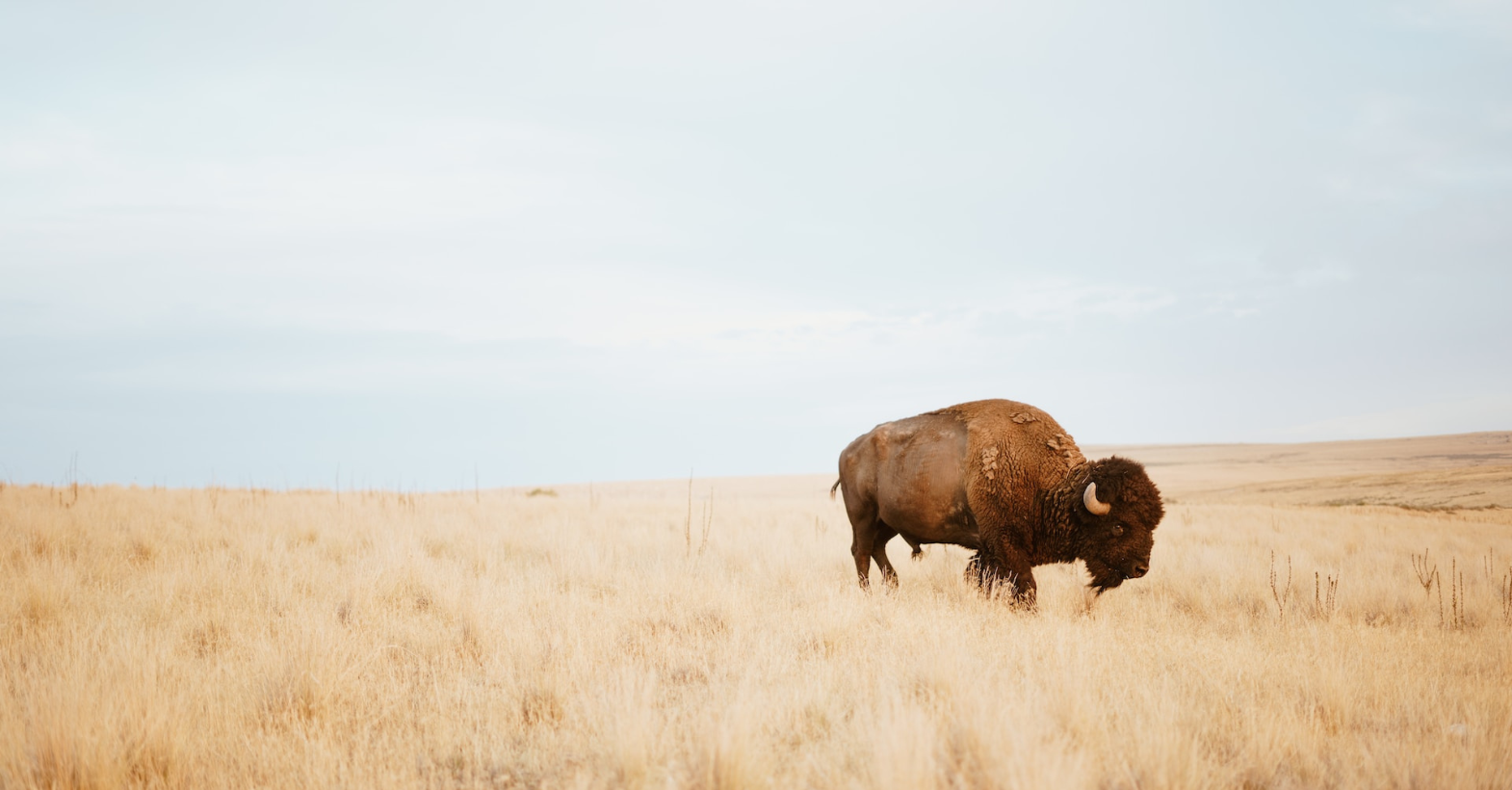
An Old Way of Thinking
The most beautiful lashes I’ve ever touched were thick, charcoal-black lashes that, when compared to the size of the face they inhabited, weren’t as long as you might expect. These lashes surrounded the just-shut eyes of a three-year-old bison that had been shot and killed a mere five minutes earlier. The lashes were shorter than those of a cow, an evolutionary trick to prevent ice from accumulating during long winter migrations. As I stroked the coarse hairs, I couldn’t help but think of my beloved dog, Rider, and her soft animal fur that I’d spent so many years cuddling.
This experience happened at ROAM Ranch, a regenerative bison farm, located a quick 45 minutes from my house—next-door neighbors in country terms. Taylor and Katie Collins, the owner/operators of ROAM Ranch, invited me to this field harvest so that I could witness firsthand the humane harvesting and butchering of this 900-pound animal.
Less than an hour after the animal was shot, hung, skinned, and gutted, I found myself peering my entire head into the hot and humid empty chest cavity, surrounded by a wall of ribs, meat, and bones. Kate Kavanaugh, (farmer, butcher, podcast creator) was there to do the laborious work of butchering the bison. Then, using her own powerful lungs, she showed us bystanders what the soft, bubblegum pink bison lungs looked like when blown up to full capacity. (If you’re curious, here is a video of that moment.)
Death, Upclose
My family was more than surprised that I actually said yes to attending this field harvest, and in the weeks leading up to the event I wanted to cancel more times than not. As a vegetarian of nearly 17 years and someone who has only recently started eating meat again, (it was actually a bison burger while attending their first yearly event ….) the experience loomed over me like a day of reckoning.
Prior to this, death for me, was always entangled with fear, and it was something I constantly obsessed over. This also translated into how I ate: I developed an empathetic bleeding heart, and chose to avoid animal death at all cost. In many ways, my long-term vegetarianism was a coping mechanism to elude the subject of death. Death of animals, yes, but also of loved ones and my own inevitable death. I held both my mother and father, as well as my beloved dog Rider in my arms while they died and I mercifully wept at the exact place where my ex-husband took his own life. Death is all around us, and I have come to realize and accept that a vegetarian diet isn’t without death, either.
New Ideas
If you’ve been following along recently, you’ve likely heard me allude to the term “regenerative agriculture.” It’s a concept that has been top of mind for me and one that partially led me back to Texas in hopes of educating myself and bringing light to a subject that, to me, should be of concern to all of us.
Regenerative agriculture has become the compass for how I grocery shop for meat, but truthfully, its concepts mean a whole lot more to me than just a rubric for how to eat.
Regenerative agriculture and its holistic approach have sort of become a lens for how I move about the world and the land around me. There are other terms people use to describe what I’m getting at—land-based living, eco-consciousness, etc. But the framework introduced by regenerative agriculture just makes sense to me.
Let me be clear, I am no expert here, only a mere humble student of this concept, and in many ways, I feel like I did when I first dumped my professional makeup kit almost 20 years ago and envisioned a better solution to the toxic personal care products that were the status quo. In part, it’s the sweetness of these ideas, this new-to-me way of thinking about food, that has me excited about the subject at all. The possibilities of where we can go, and how we can impact our food systems, seem expansive if we can just stay accountable, curious, and connected to one another. You don’t have to quit your job and become a full time homesteader to eat in a way that is good for the environment, your community, and your body.
So, What is Regenerative Ag?
Regenerative agriculture is a farming and land management approach that aims to restore and enhance the health of ecosystems, improve soil fertility, and promote biodiversity. It goes beyond sustainable farming practices by actively rebuilding and regenerating soil health, rather than just minimizing harm or maintaining the status quo.
The nuances of regenerative systems are as complex as our cellular makeup, but the basic idea is simple: try to mimic Mother Nature to create systems that prioritize the health of the entire ecosystem, beginning at the soil level. In these systems, the health of the microbes that live a foot underground is just as important as the health of the ruminants which graze on top.
“Regenerative agriculture” is a far-reaching term, but farmers and ranchers who strive to use these methods focus on a few major themes:
◦ Improve soil health through activities like cover cropping, composting, and minimal soil tilling (which can degrade soil structure and prevent water and nutrient infiltration). Improved soil health and structure will not only increase the health and wellness of the animals that eat and live there but will also aid in water infiltration and carbon sequestration. Long-term, activities like cover cropping and long periods of pasture rest can actually help rebuild topsoil – the lifeblood of our food chain.
◦ Regenerative agriculture is often described as going far beyond organic, though many of the assumptions of “organic” agriculture apply here too—no synthetic insecticides, herbicides, or fertilizers allowed.
◦ Promote biodiversity of plant and animal species. Regenerative agriculture is most often referred to in the context of meat production. Farmers and ranchers raising animals using “regenerative methods” will use their livestock (through controlled grazing) to enhance the health of the ecosystem. As animals move through, and then exit, ecosystems like grasslands, they can actually benefit the system by depositing fertility, stimulating plant growth, dispersing seeds, and controlling pests. Animals like cattle, bison, and even goats and chickens help cycle nutrients in an ecosystem. Whereas most industrialized systems of agriculture are extractive, regenerative agriculture can actually help cycle nutrients back into the ecosystem, all the while producing delicious and nutritious food for us hungry humans.
◦ Last but certainly not least, regenerative agriculture puts an emphasis on the health of the farmers, ranchers, and industry workers working within the system itself.
Death is Life
The term regenerative agriculture is a new one, but the idea is an old one. While the mass industrialization of our food system shaped the way most of our food has been produced in the last century, there have always been small producers adhering to the tenets of regenerative systems, even if it went by another name.
My goal these days is to seek out these producers, lift them up, and try, as much as possible, to purchase my own food from the very sources that are using these methods. Of course, it’s not always easy.
People are going to eat meat PERIOD, and in a world where information is at our fingertips, we owe it to ourselves and each other to be informed. One thing I can’t stop thinking about is the amount of meat that came off the bison at ROAM Ranch. Prior to this experience, I thought of cows as hundreds of dense hamburgers, but the amount of retailable meat on the carcass of an animal like a bison is less than I expected when considering its overall, massive, size.
Meat should be seen as a delicacy and should never end up uneaten. Did you know that there is only one hanger steak per cow? It is so important to eat what you buy, and to be open to eating “nose to tail”. The amount of waste in uneaten meat is ghastly. The answer to climate change is not to manufacture meat alternatives with hundreds of artificial ingredients, but instead to redefine one’s relationship with our local and regional ecosystem, with meat itself, and with the way our food is produced. Usually, there is a simpler (more locally-produced and regionally relevant) answer to what you eat that is softer on the environment, and likely better for you, too.
Stay Curious
I believe that it is possible for animals to live healthy, natural lives and still nourish our bodies. It’s possible for me to be supremely sad and grateful and nourished at the idea of eating a well-cared-for animal. Trust me, eating meat is not easy for me. As many of you know, my love for animals runs deep. We always prayed over our food as a child, and made sure to give thanks to the animal for the nourishment we were granted. It is a tradition that I have added back into my life in honor of God and the food on my plate.
Last, my interest in regenerative agriculture is my personal invitation to stay curious, It is a continuing nudge to mark my trail returning to my roots both as a country girl and my ancient memory of being a natural, barefooted human being who was born and will die on this precious home we call Earth.
If you haven’t thought much about regenerative agriculture or how native grasslands can mitigate climate change or why brown brittle winter grass is as beautiful as the lush green stuff, I hope you’ll bear with me as I share this part of my journey.
No matter what side of the fence you stand, I truly believe there is beauty to be found in these conversations. Thank you for coming along.

**P.S.
Perhaps the best place to find producers in your area who are ranching using regenerative principles is to go to your local farmers market and simply get to know the meat vendors there. “How would you describe your farming practices?” is a great question to ask. Once you find a local producer, stock up! You don’t have to go to the farmers market every week, and can usually buy in bulk.
If you have the freezer space, consider going in with a friend to buy half or a whole cow from a reputable producer. There are also plenty of retailers that ship meat shares, and if you go this route, I encourage you to buy as much meat at once as possible to reduce the impact of shipping.
Last, check out my friend Kate’s directory. Here you can type in your zip code and see a list of producers in your area.
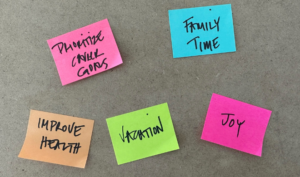
My 2024 Goals and How I Plan to Achieve Them
The new year brings new goals and aspirations. My 2024 includes big plans and an even bigger calendar!

Sauna Health Benefits
The Health and Beauty Benefits of Infrared Saunas

Dry Brushing
Dry brushing benefits go way beyond smooth, glowing skin. Did you know that dry brushing supports lymphatic drainage?

On My Nightstand
If you’re like me, you have a mountain of books beside your bed. Here’s what I’m reading now.

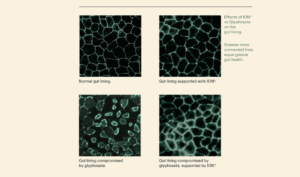
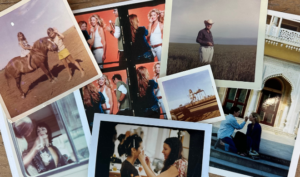
I’m Glad You’re Here
How I went from country kid to city girl and back again
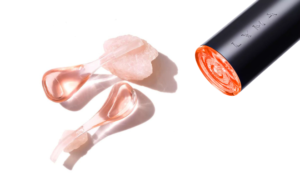

My 2024 Goals and How I Plan to Achieve Them
The new year brings new goals and aspirations. My 2024 includes big plans and an even bigger calendar!

Sauna Health Benefits
The Health and Beauty Benefits of Infrared Saunas

Dry Brushing
Dry brushing benefits go way beyond smooth, glowing skin. Did you know that dry brushing supports lymphatic drainage?

On My Nightstand
If you’re like me, you have a mountain of books beside your bed. Here’s what I’m reading now.
CONNECT
Lorem ipsum dolor sit amet, consectetur adipiscing elit. Ut elit tellus, luctus nec ullamcorper mattis, pulvinar dapibus leo. Lorem ipsum dolor sit amet, consectetur adipiscing elit. Ut elit tellus, luctus nec ullamcorper mattis, pulvinar dapibus leo. Lorem ipsum dolor sit amet, consectetur adipiscing elit. Ut elit tellus, luctus nec ullamcorper mattis, pulvinar dapibus leo. Lorem ipsum dolor sit amet, consectetur adipiscing elit. Ut elit tellus, luctus nec ullamcorper mattis, pulvinar dapibus leo. Lorem ipsum dolor sit amet, consectetur adipiscing elit. Ut elit tellus, luctus nec ullamcorper mattis, pulvinar dapibus leo.



